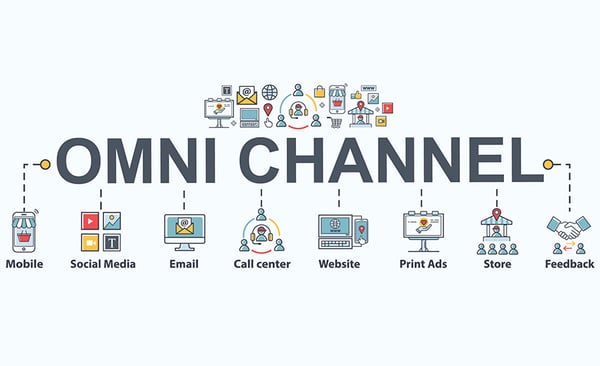The retail space is changing. Covid-19, high rentals and shifting expectations are all changing how retailers are thinking about business. So what’s causing this and what are the trends affecting the retail landscape?
The new mini-mall
While a major sector of retail is online, so many retailers still have physical set-ups. But the way this is being done is shifting for many businesses who are rather renting small amounts of floor space (1.25m²-10m² ) on a semi-permanent basis in malls. This costs around R2000 – R12000 per month (depending on location) and allows these retailers to enjoy a customer-centric sales team, a position in the centre court with high traffic volumes, access to stock turnover info as well as exposure on social media channels. All for less, which is highly attractive to many retailers.
Omnichannel
Research shows that very few people limit themselves exclusively to either shopping online or in-store. People want a healthy mix of both options. This type of buying behaviour is now referred to as the Omnichannel. This is a fully integrated approach to shopping that offers shoppers a unified experience across online and offline channels. Experts agree that the future of retail is as much about the personal in-store experience as the purchase itself where customers are coming to expect a holistic experience, driven and enhanced by technology, rather than replaced by it.

The retail experience
The comes down to purchasing purpose and how it is changing for customers. Retail is no longer just transactional. Now retailers are offering their customers experiences, rather than products alone. The reason for this is in order to give customers something that can’t be replicated online. This is done by offering tactile and engaging in-store experiences known as 'experiential retail'.
Engaging with Gen Z’s
This generation has grown up with technology. They seamlessly shop online and on-the-go, without thinking about it. So it’s important for retailers to think out-of-the-box if they want to attract these customers into their physical outlets. The way to do this, is to make it a destination. A key way to plug into this market is through drawing on company values and showing this savvy customer what makes you tick. This market is willing to spend, but they don’t necessarily care about branding, rather preferring unique items that mean something and help them stand out from the crowd. If retailers can bring together experience, values and distinctiveness, then the Gen Z customer will come-a-knocking.
Halo Brands
A Halo Brand is a company that is widely known in their industry and seen as a thought leader or success story of the industry. The “Halo Effect” happens when a brand gains market share by associating itself with a Halo Brand. When used correctly, it can really help a brand save marketing spend by building on earlier momentum to reach its audience. Smaller retailers are using halo brands to build interest in their stores, drawing in this existing customer base and using it as a marketing tool while momentum builds.
The bottom line
Retail is no longer just about shopping; it’s about experience and connection. Retailers need to understand their value in this broader context before moving towards finding ways to incorporate them into their own business models. Says Redefine retail asset manager Nashil Chotoki, “People are social beings and they want to spend their downtime in a place where they can integrate shopping with other aspects of their lifestyle.” If retailers can get their heads around this and find their niche in this evolving landscape, then they will secure themselves a meaningful spot in this next wave of alternative retail.


